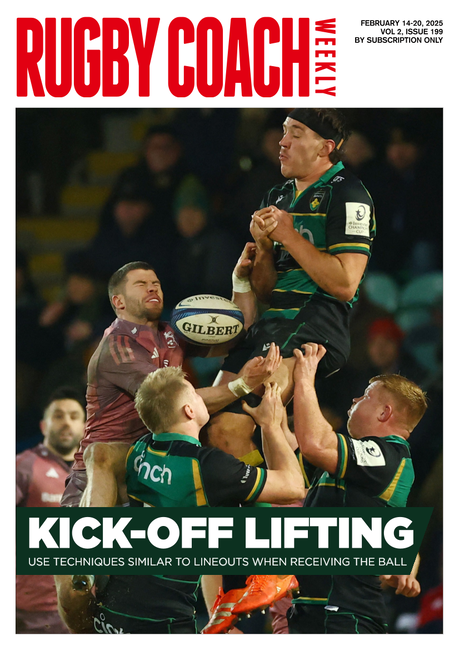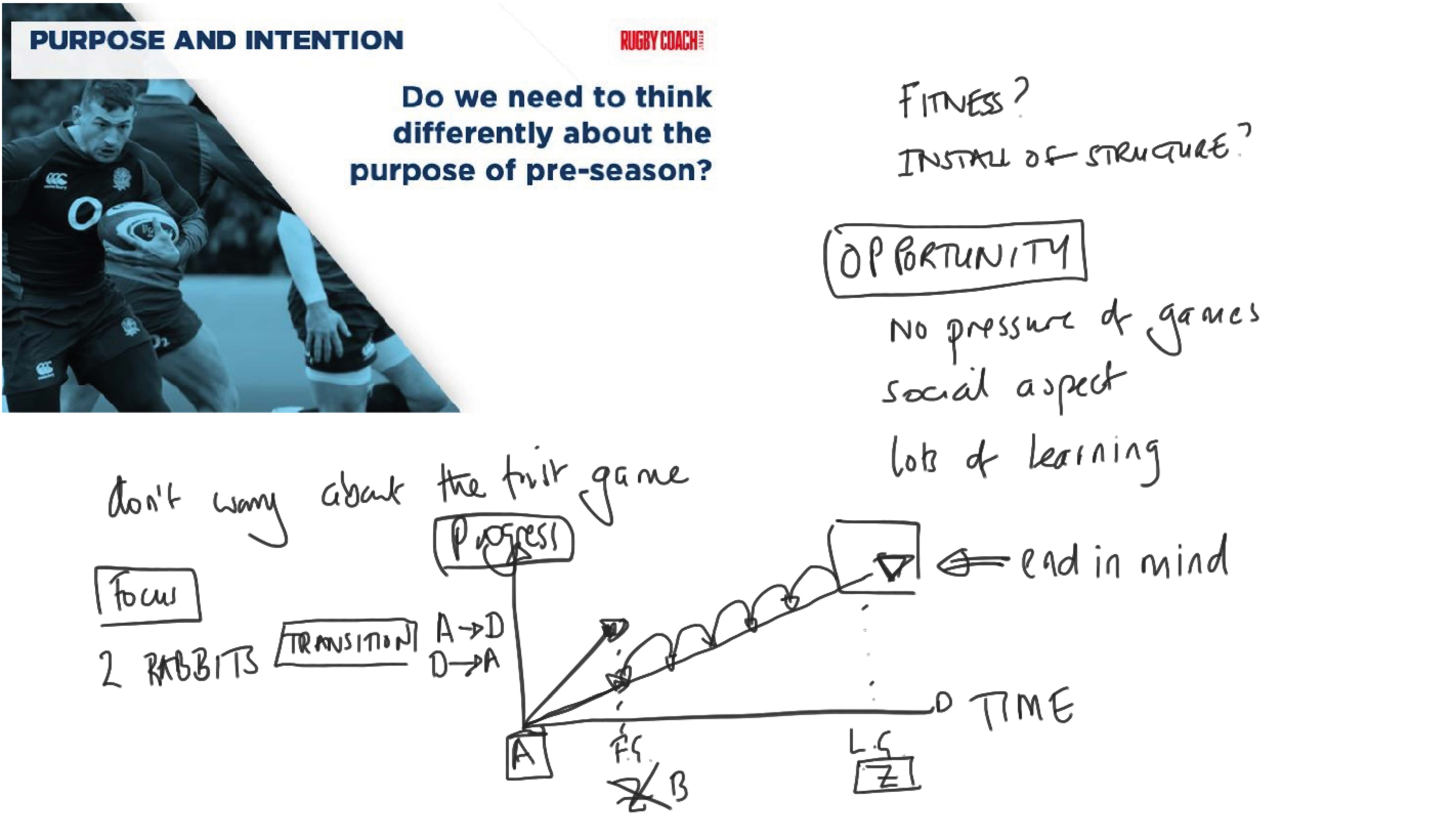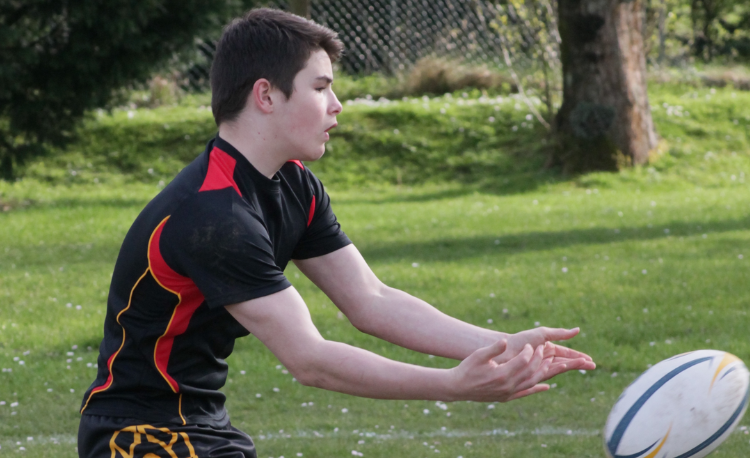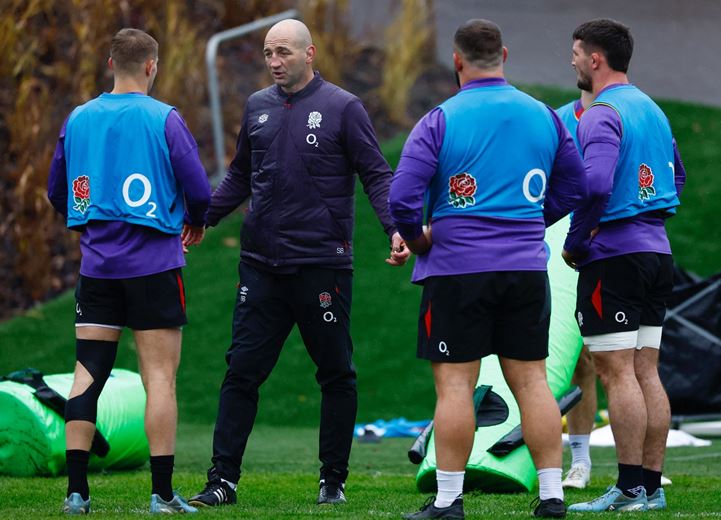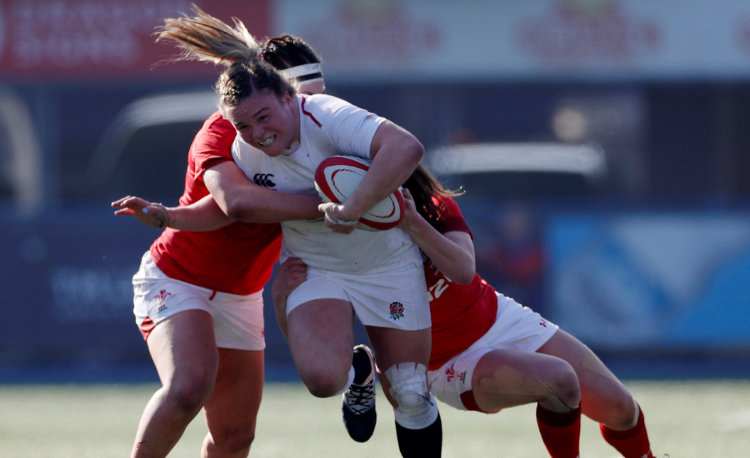Be practical in pre-season
Erratic attendance rates make pre-season planning a complicated task. So ensure your plans match your needs and the reality of the situation to help your players work effectively.
Pre-season plans have a habit of becoming “mission impossible”because the players cannot possibly meet your expectations.
Why? Because the reality of pre-season is that it’s just that. In-season you can expect a good attendance in training before a match and excellent attendance on game day. Pre-season coincides with holiday periods so some players will be absent.
Also, new players will be arriving and it’stoo early to know where they’ll fit in.
EASY GAINS
But plan you must, because you can gain plenty from an ordered approach. Given all the other teams will be suffering from the same problems, you should concentrate on the “easy wins” and let the more vexing training happen during the season itself.
Does that mean you give up on fitness? Absolutely not.Your pre-season sessions must push the players. They will expect it and you shouldn’t disappoint them.
The unfortunate truth of rugby is that though coaching courses would have you concentrate on decision-making and open play,you can’t achieve this without the ball. Set piece has to be a feature of pre-season to allow you to win as much first-phase ball as your forwards can achieve.
SCRUM SOLUTIONS
However, the chances of having a proper 8 v 8 scrum might be minimal at the best of times – let alone in pre-season. Soto replicate game situations and play from scrums, use these solutions:
- Have lean-to scrums after the players have performed a 15-second blowout exercise (like five press-ups and five burpees). The players have to get into the right body profile, but the scrum goes with the feed.
- Have a 5 v 5 scrum, with only a half-metre push. You must managethis according to the players’skills.
With all these thoughts in mind, here’s an example of a session from a two-week, four-session plan. If you’ve got longer, you may want to develop some of these elements in more detail.The below session should last up to 90 minutes.
WARM UP
Handling and low-impact contact activities, such as ball placement or wrestling.
Activity 1
Scrum profiling (good body positions to scrummage) and 3 v 3s for backs (using moves). Ten minutes only for each activity. 
Activity 2
Plays off the scrum. Use two equal teams.
Activity 3
A game on a narrow pitch where each team has to kick after three phases.This gets the players back into the systems and rhythm of match play, such as making breaks, line speed, covering back and kick chase.
Activity 4
A game of touch but in a bigger area.Use a wide or long pitch and every 5 minutes,get the players to run shuttles (like 3 x 30m with 10 seconds rest).This introduces a conditioning element to proceedings.
In the next session, you’ll want to work on lineouts for the forwards and kick chase for the backs.
Repeat the basic set-piece sections every couple of sessions. That helps players who were missing catch up and builds up strong connections for players who were at previous sessions.
Related Files
Newsletter Sign Up
Coaches Testimonials

Gerald Kearney, Downtown Las Vegas Soccer Club

Paul Butler, Florida, USA

Rick Shields, Springboro, USA

Tony Green, Pierrefonds Titans, Quebec, Canada
Subscribe Today
Be a more effective, more successful rugby coach
In a recent survey 89% of subscribers said Rugby Coach Weekly makes them more confident, 91% said Rugby Coach Weekly makes them a more effective coach and 93% said Rugby Coach Weekly makes them more inspired.
Get Weekly Inspiration
All the latest techniques and approaches
Rugby Coach Weekly offers proven and easy to use rugby drills, coaching sessions, practice plans, small-sided games, warm-ups, training tips and advice.
We've been at the cutting edge of rugby coaching since we launched in 2005, creating resources for the grassroots youth coach, following best practice from around the world and insights from the professional game.


